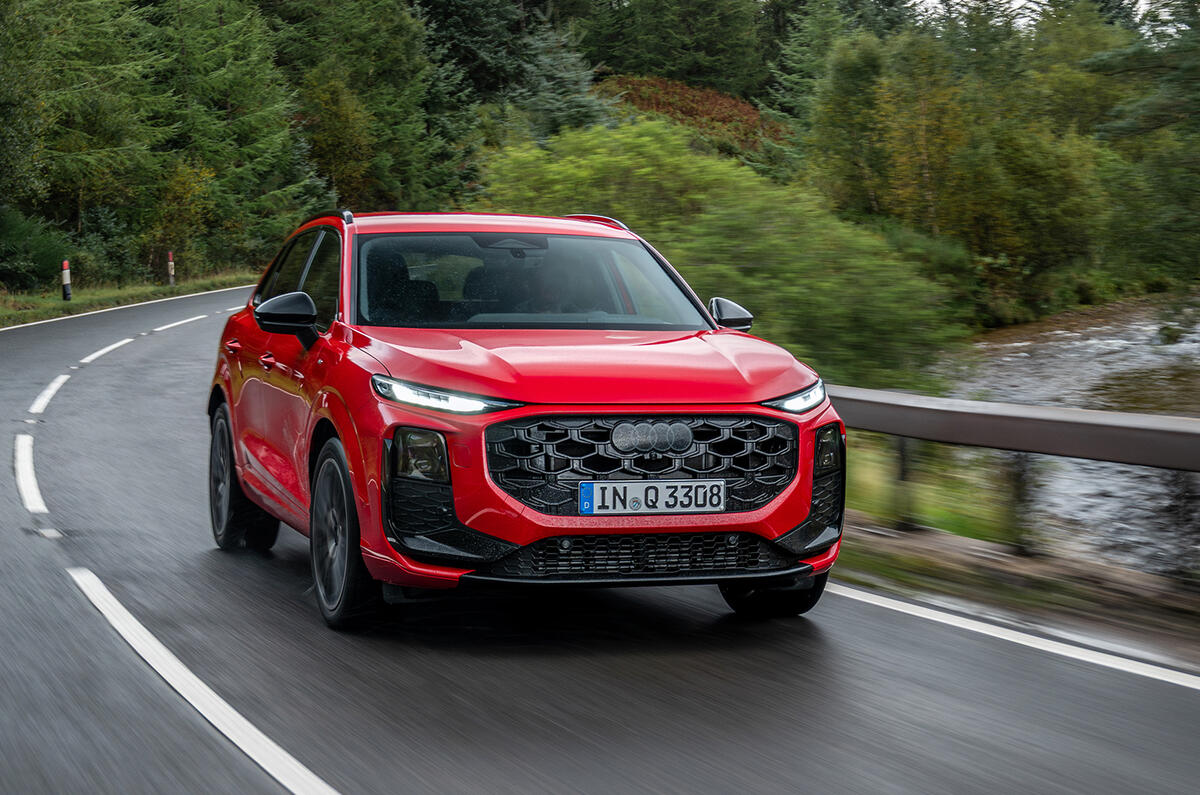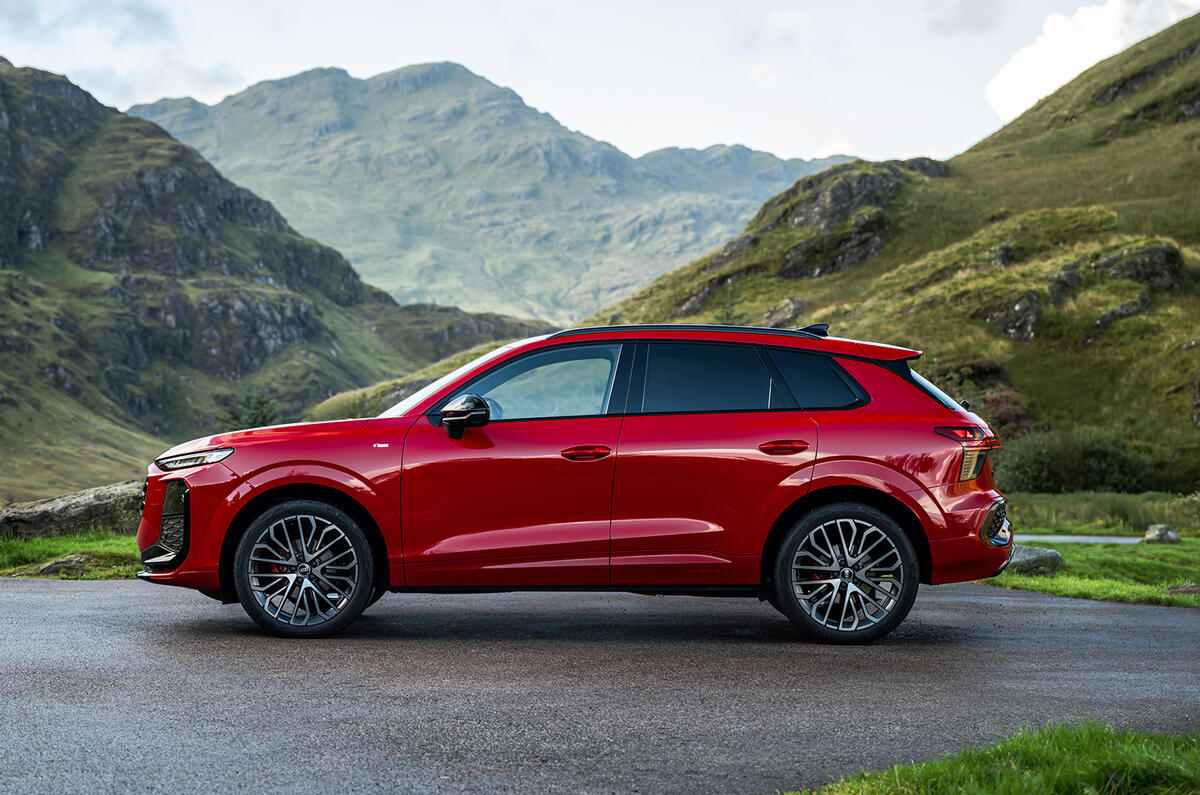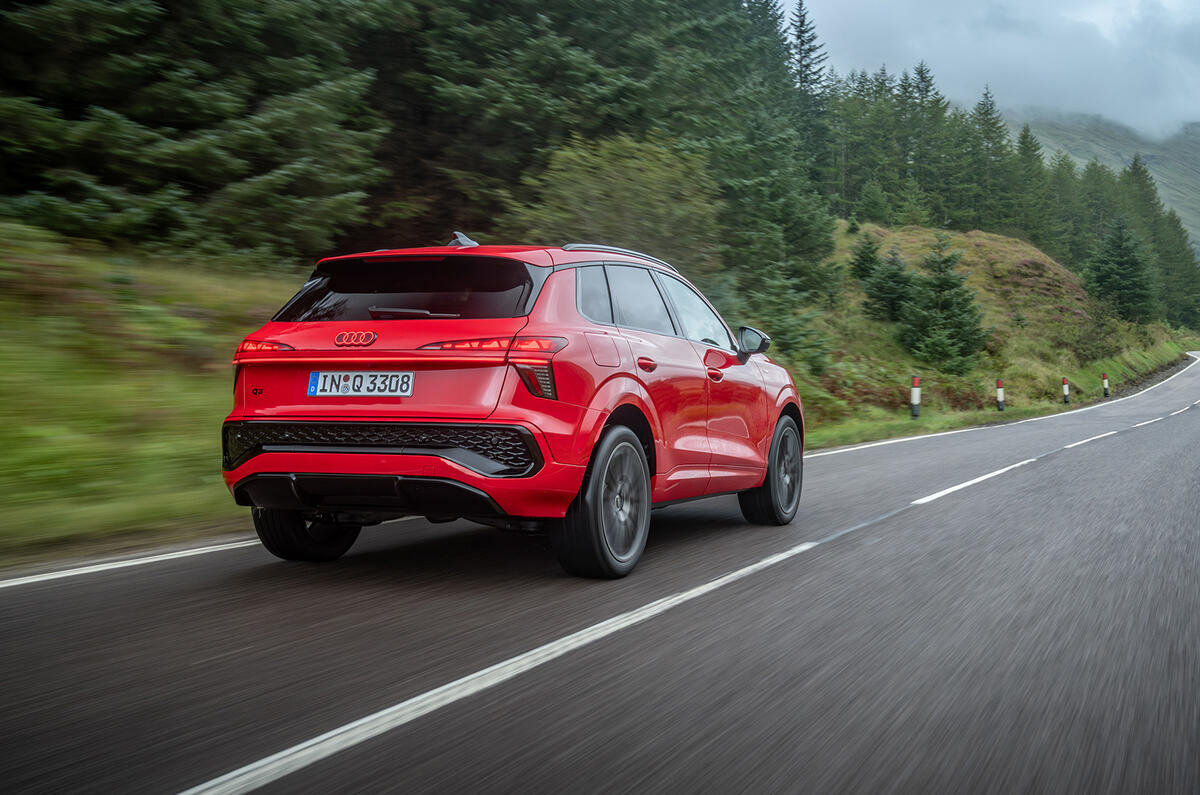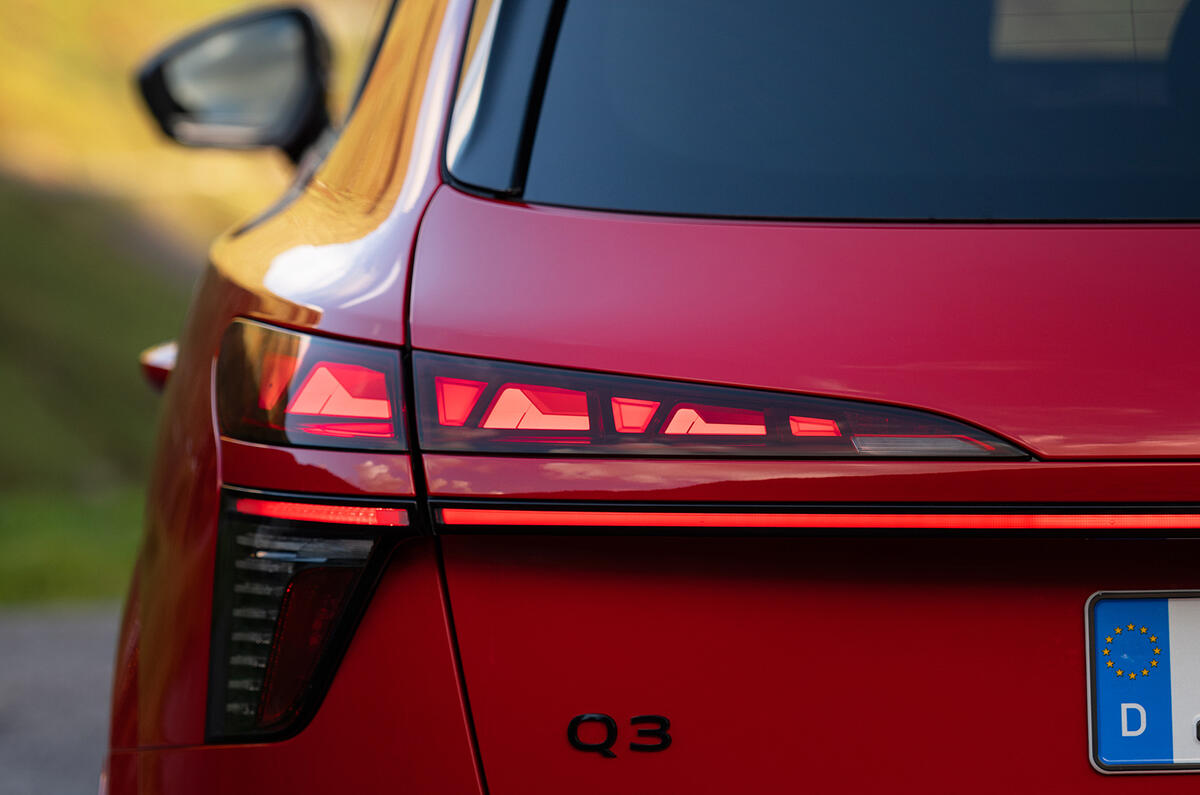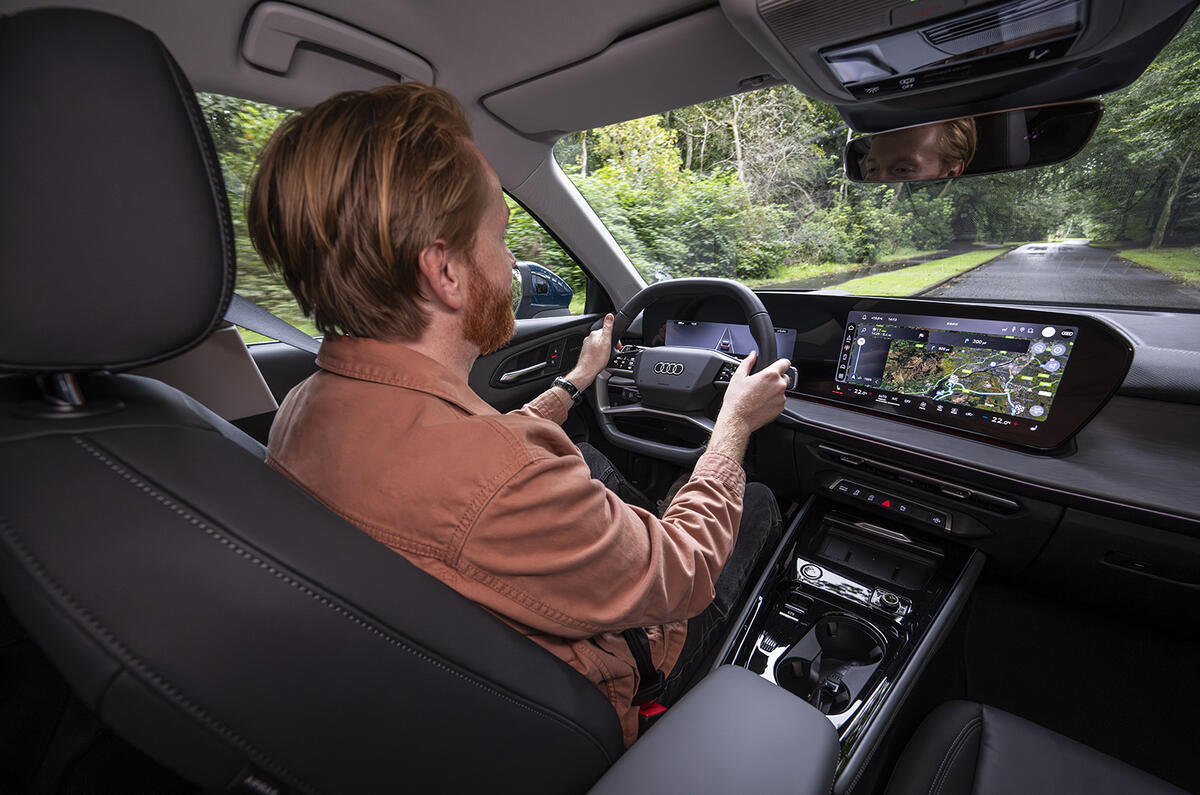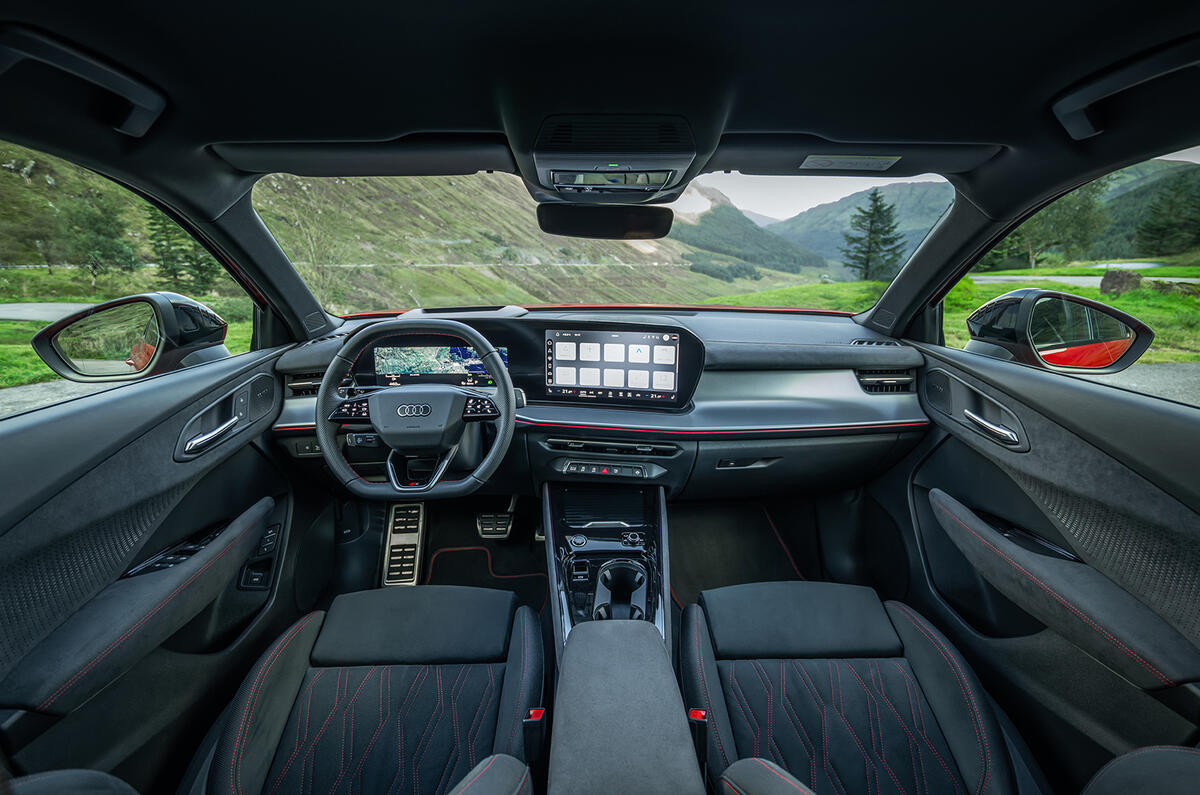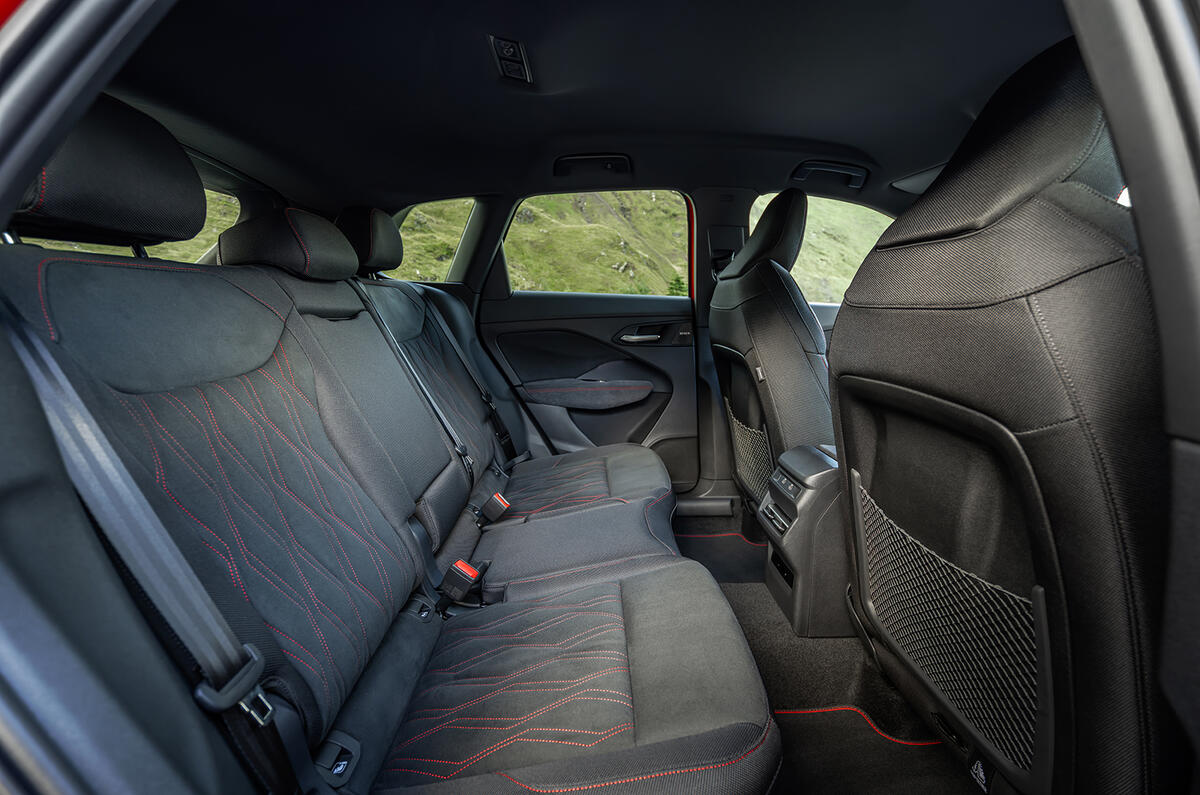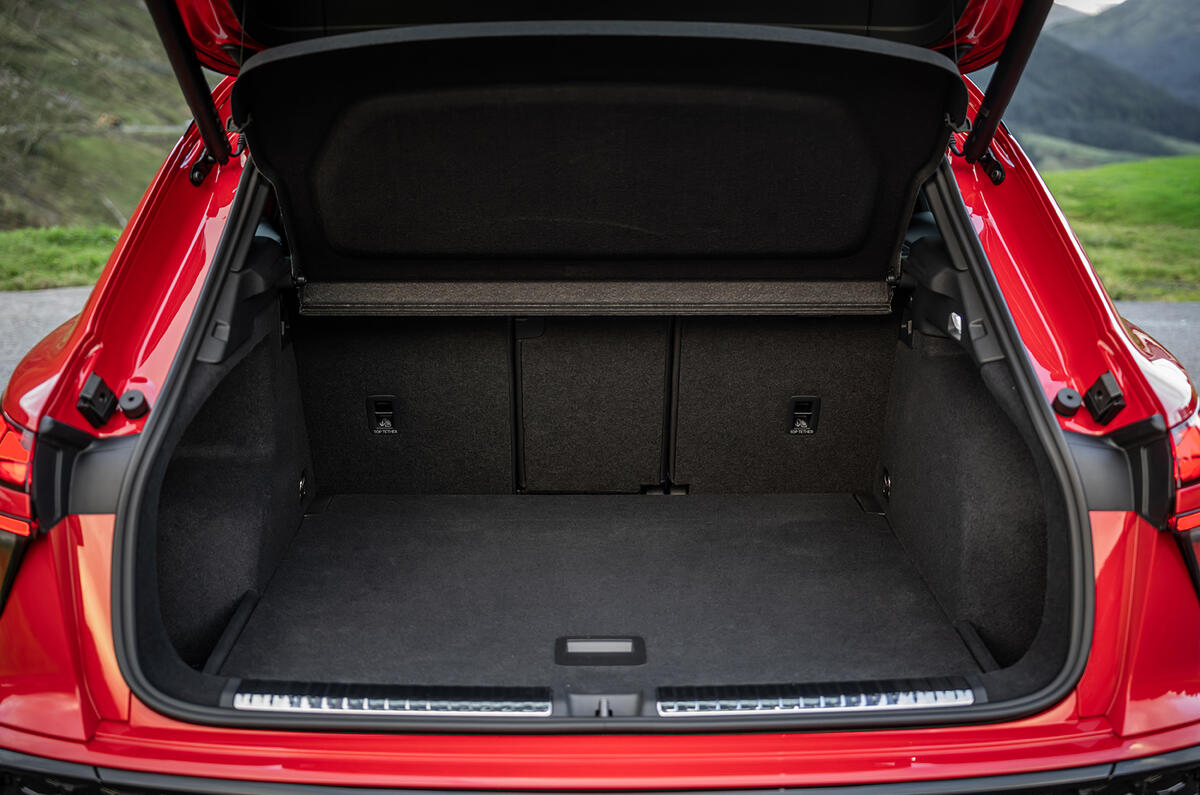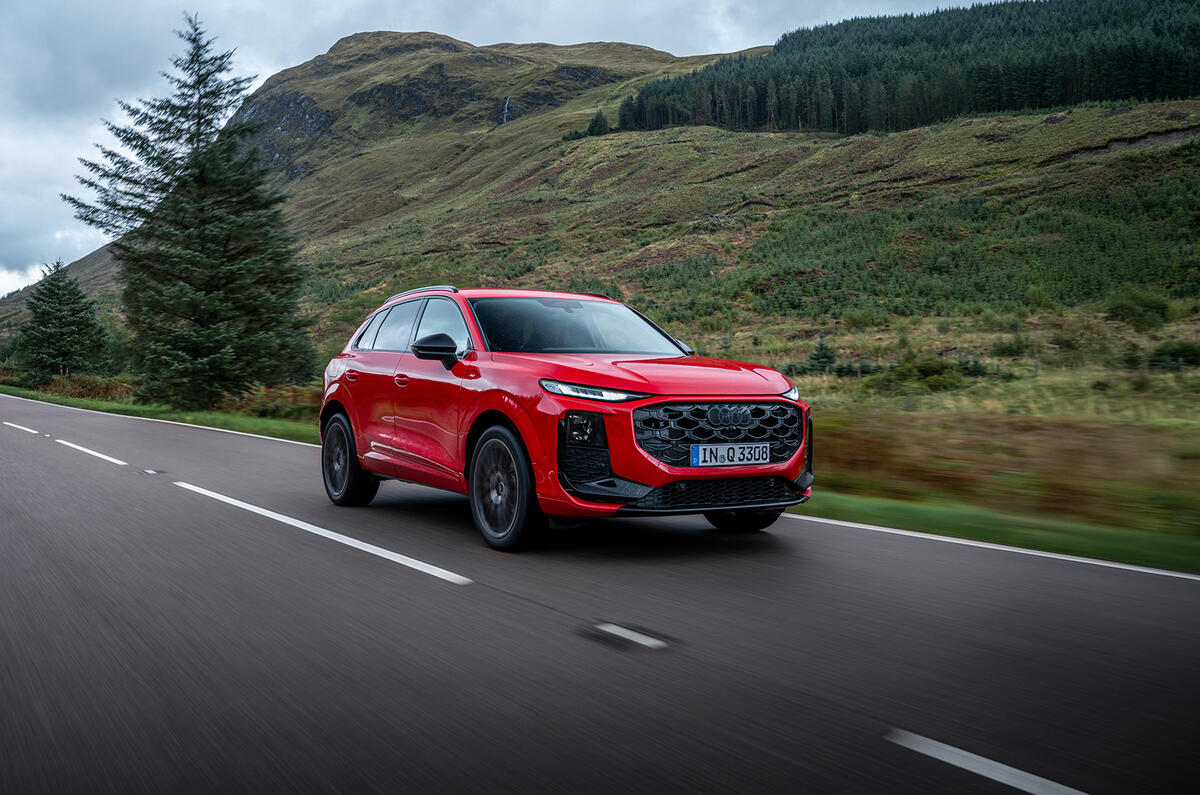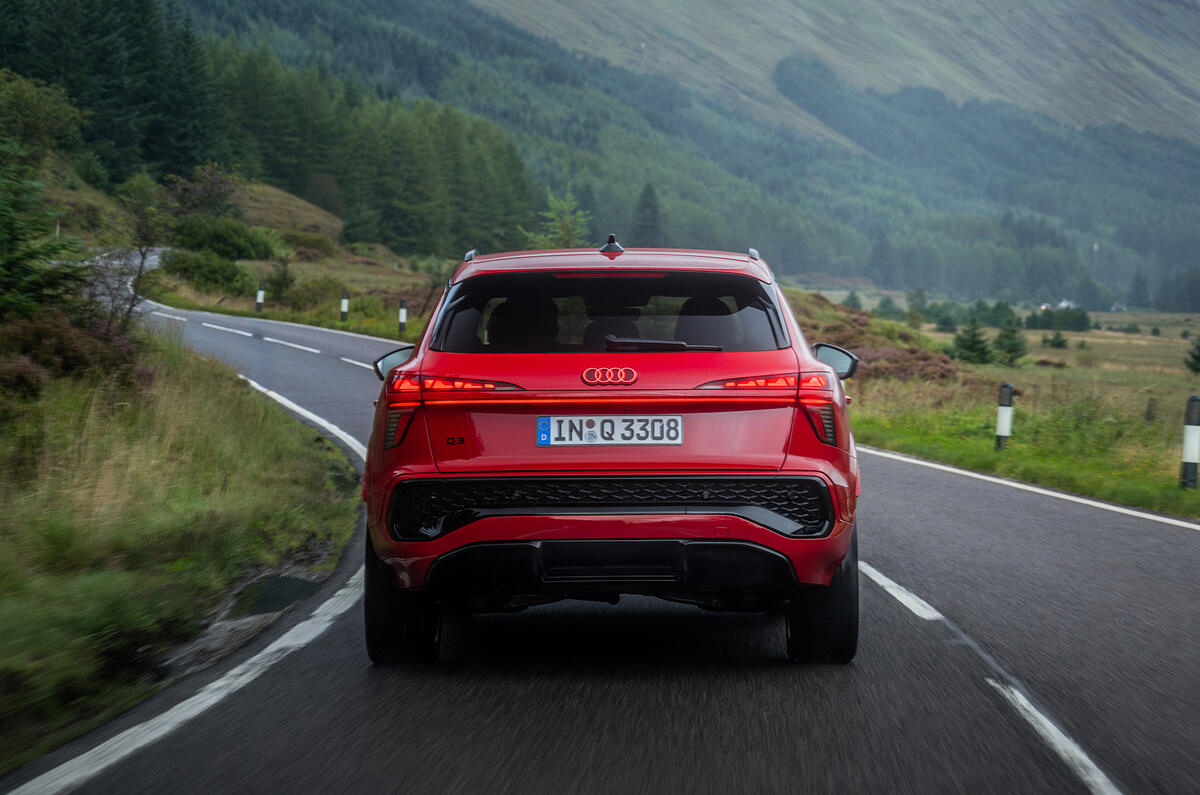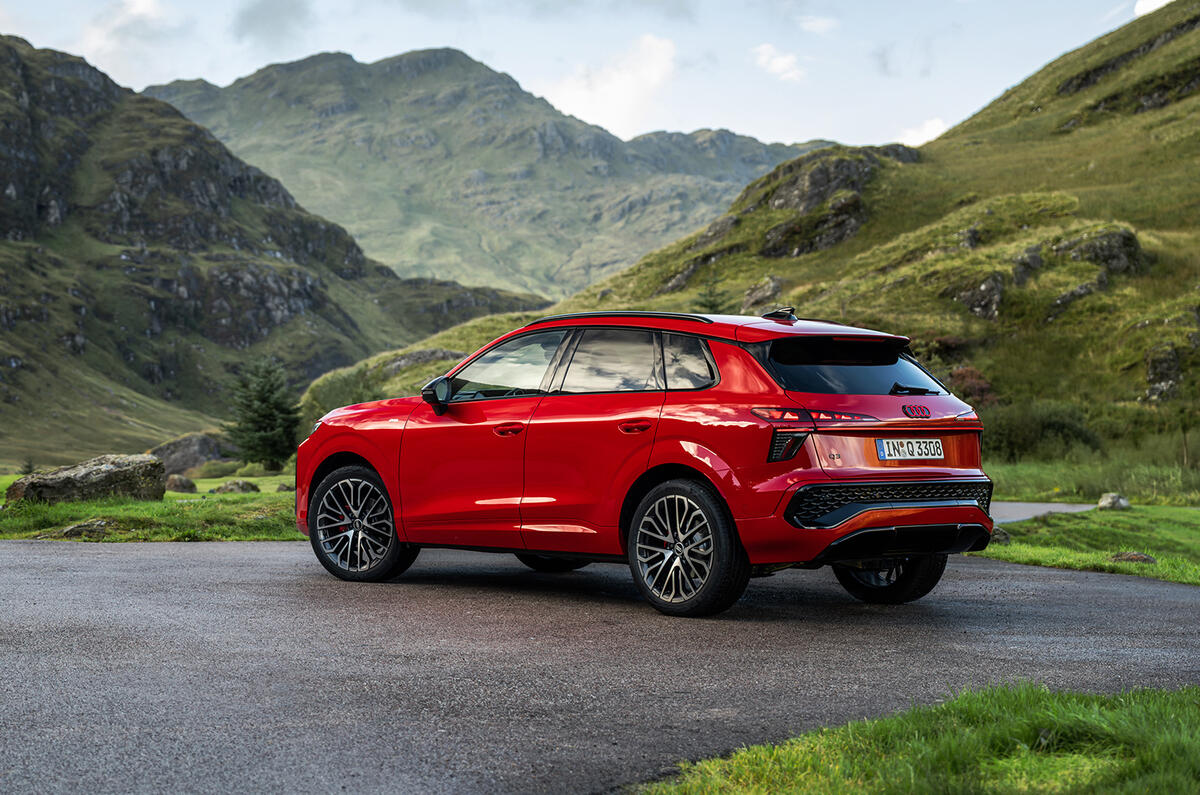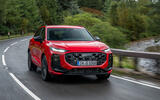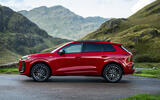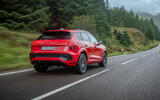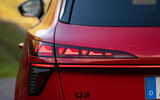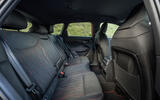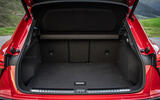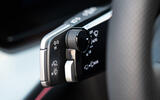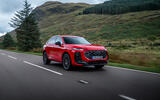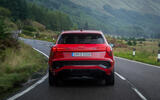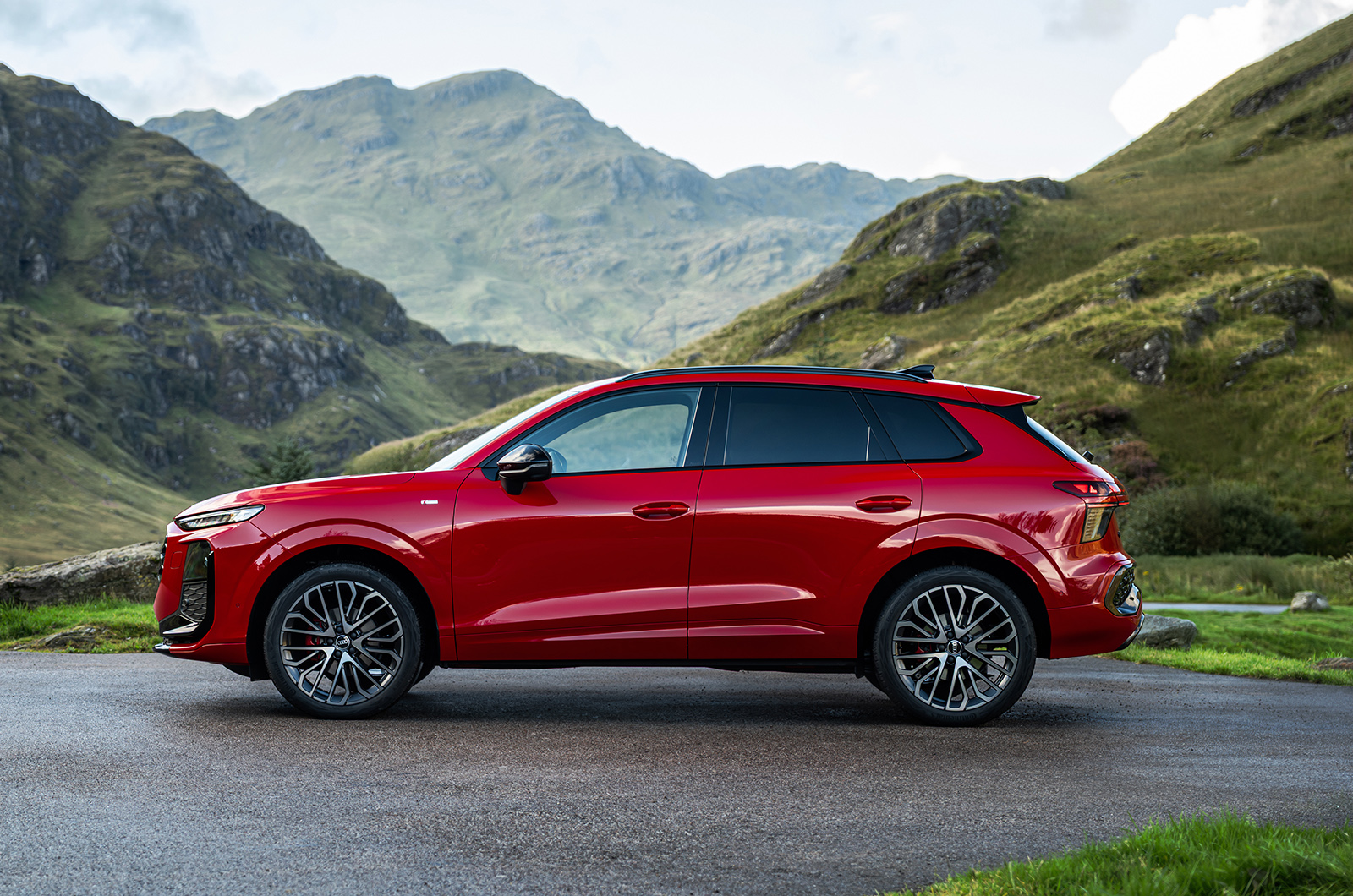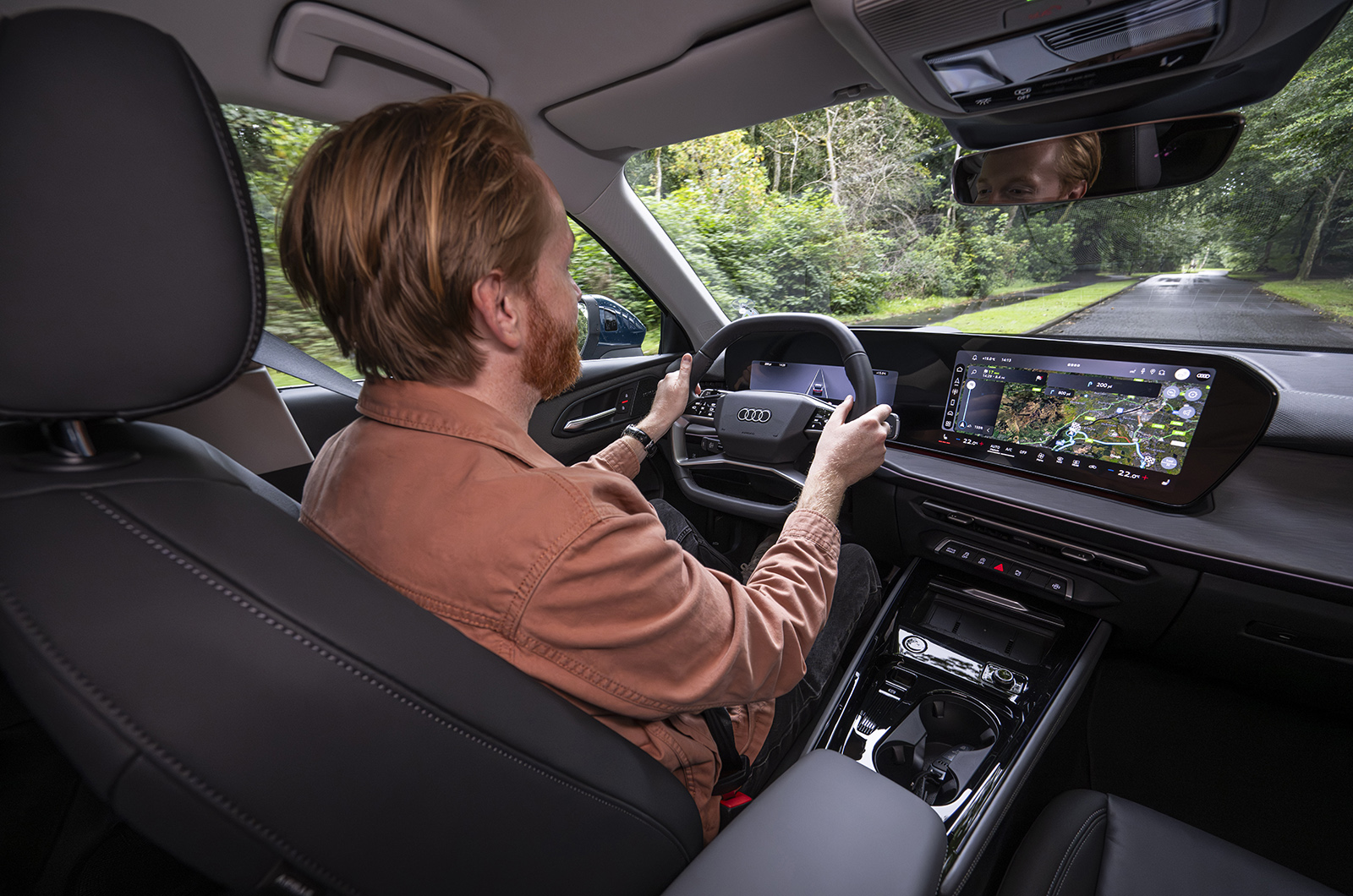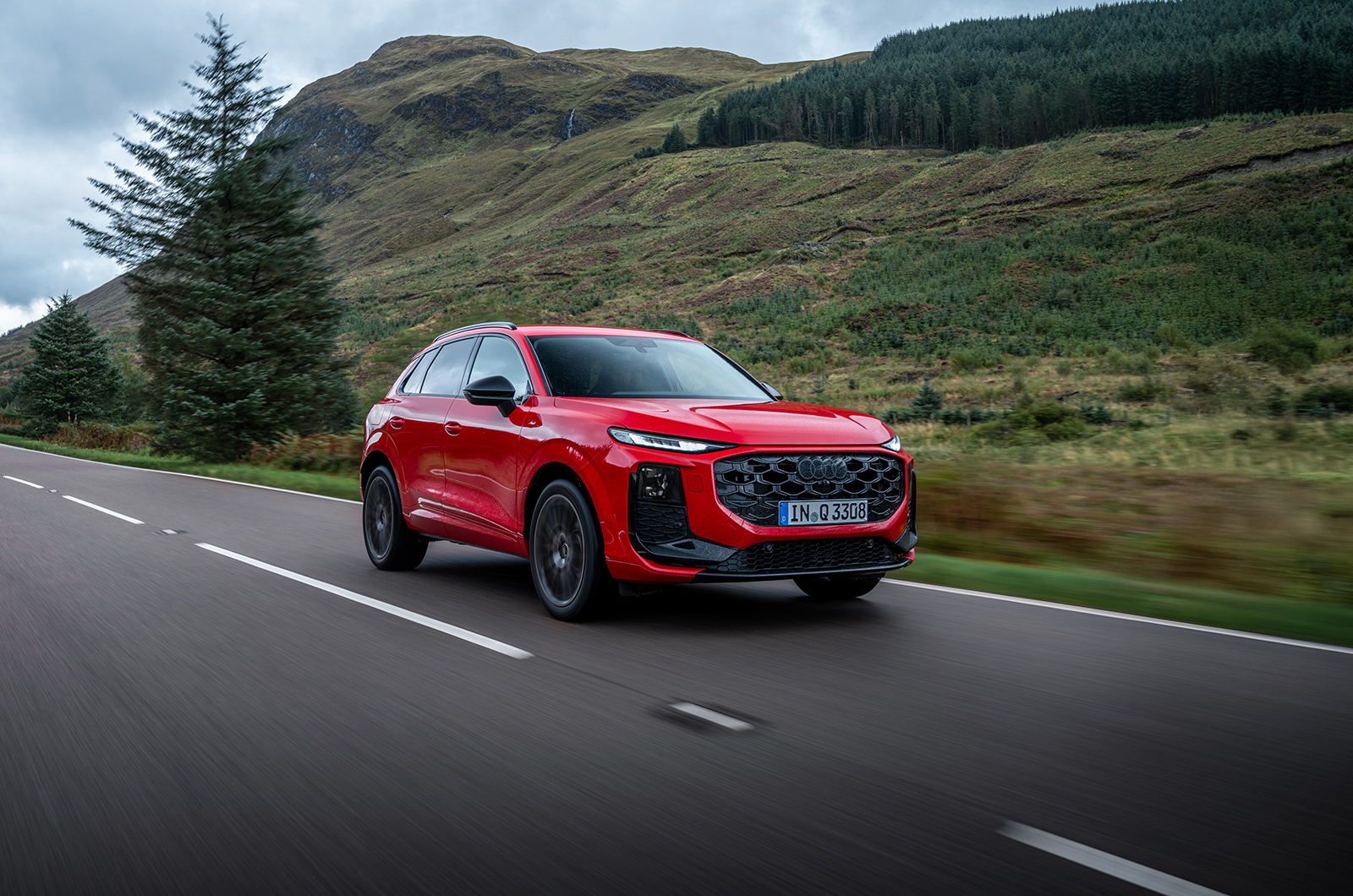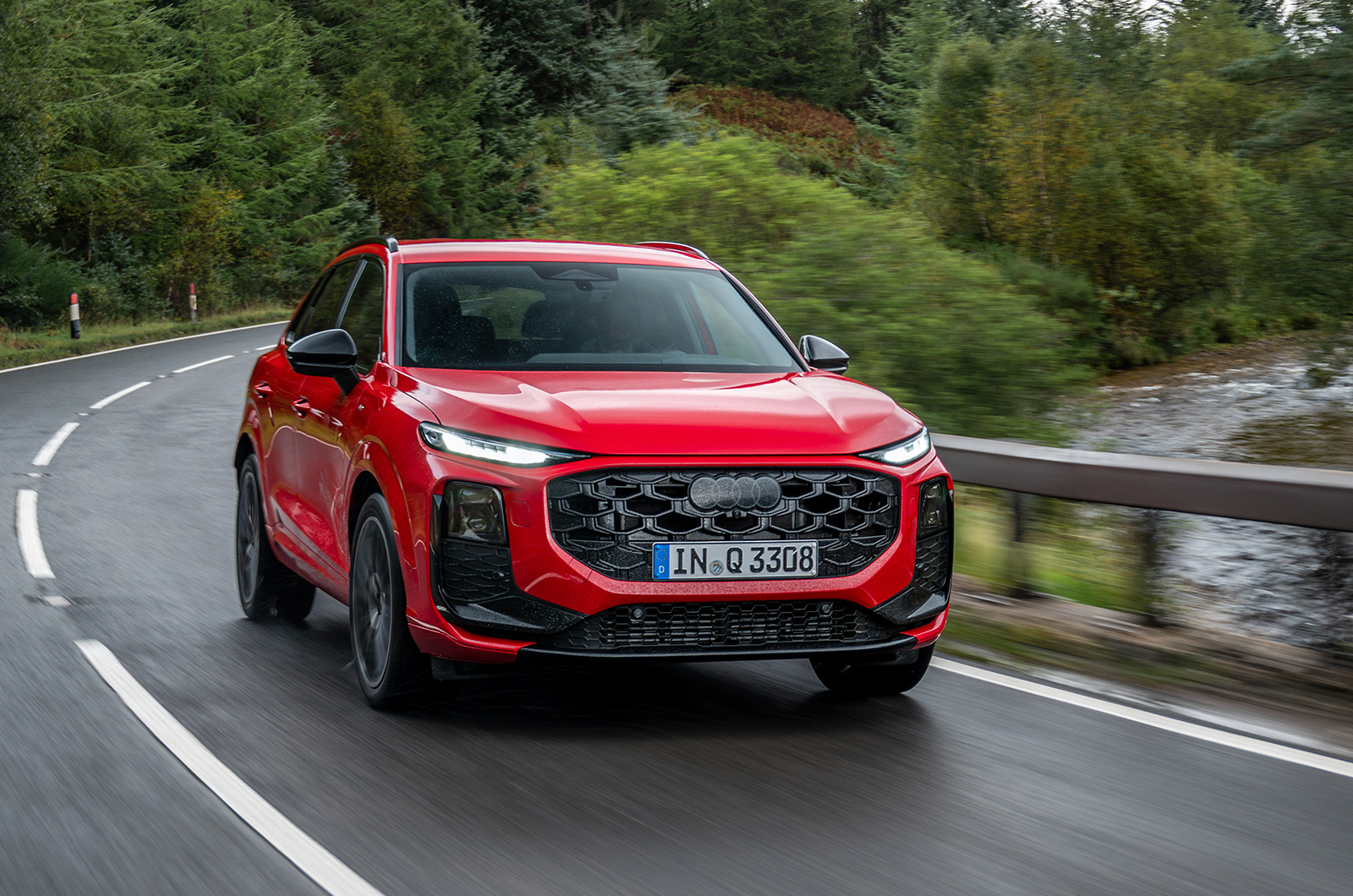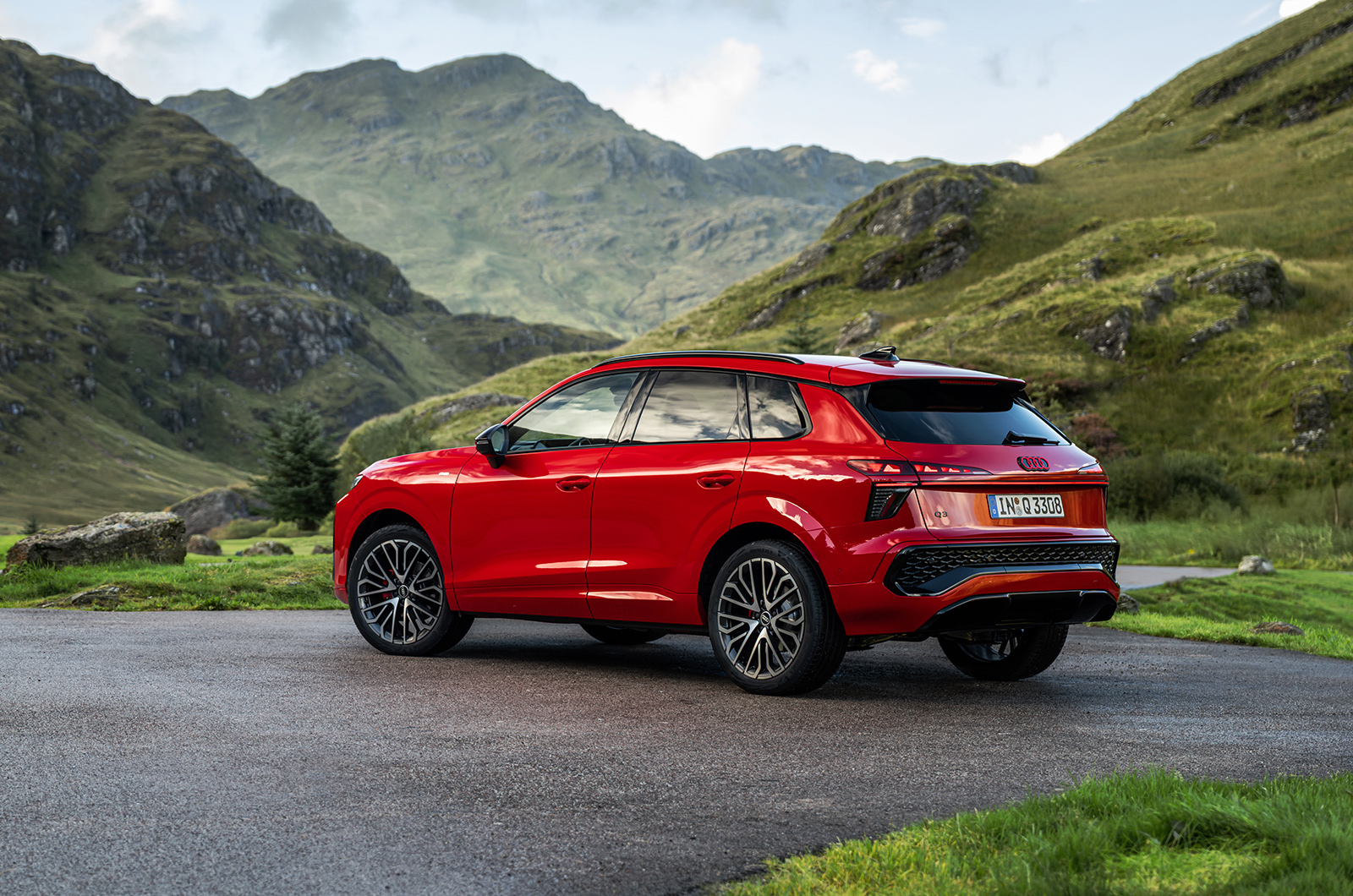Five powertrains are on offer. They are all tried and tested in lots of different Volkswagen Group products. All feature a turbocharged four-cylinder engine and Audi’s S Tronic dual-clutch automatic gearbox (with seven speeds in pure-ICE cars or six speeds in the plug-in hybrid).
The base petrol is a mild-hybrid 1.5-litre with 148bhp. This is likely to be the top seller. And do you know what? It might just be the pick of the bunch. The 62mph mark comes up in 9.1sec, which is fast enough, and its efficiency-boosting cylinder deactivation technology is pretty much faultless: smooth and almost imperceptible. It sounds a bit gruff when you strain too far towards the redline, mind you.
The 2.0-litre ‘EA888’ engine (as made famous by the Volkswagen Golf GTI) comes in two states of tune here: 201bhp and 261bhp. Both come with a Quattro four-wheel drive system. Both feel quick, with the latter more urgent as you would expect. In-gear acceleration is particularly impressive. The gearbox responds quickly to paddle pulls too. Broadly this engine is a bit tricky to place in the model range, though. The more powerful of the two feels brawny enough to kind of work as a junior SQ3 but the less powerful 2.0-litre is a bit of a halfway house that no one really asked for.
There’s also a front-driven 2.0-litre diesel. This same TDI unit is used in a load of Volkswagen Group cars, from the Skoda Octavia to the Audi A3. It’s expected to take less than 10% of Q3 sales, which is a shame. It’s a bit chattery on start-up, but It’s quiet enough on the move and can completely be left to its own devices with the gearbox. There’s even enough power for you to tease out a bit of torque steer.
The PHEV comprises a 1.5-litre turbo petrol engine, a 19.7kWh (usable) battery and an electric motor, making 269bhp in total. It’s bloody quick, although acceleration is quicker and more succinct in gear than off the line. The transition from electric to petrol power is smooth. Even when there’s no charge in the battery it’s an effortless thing to use, and you don’t feel hugely short-changed by the drop in performance. The all-important electric-only range has been increased from the previous generation’s 30-ish miles to 70-ish miles, which effectively changes the remit of its EV driving capacity from handy for some to useful for many.
There are a few quirks with the PHEV, mind you. You have to push past a proper ‘golf ball’ in the accelerator travel in order to unlock all of its potential on the throttle, and the brakes are spongy. I found that I needed to push a lot harder on the pedal compared with the ICE cars. And as with all PHEVs, you will pull away from a roundabout at some stage, foot hard to the floor, not quite entering the flow as fast as you would have liked, because you’re waiting for the engine to kick in. Other than that, it’s pretty smooth sailing.



